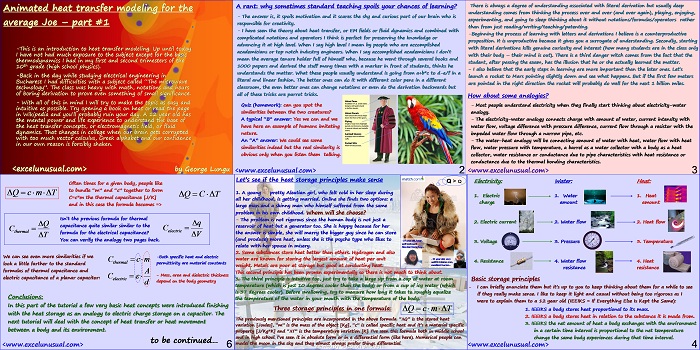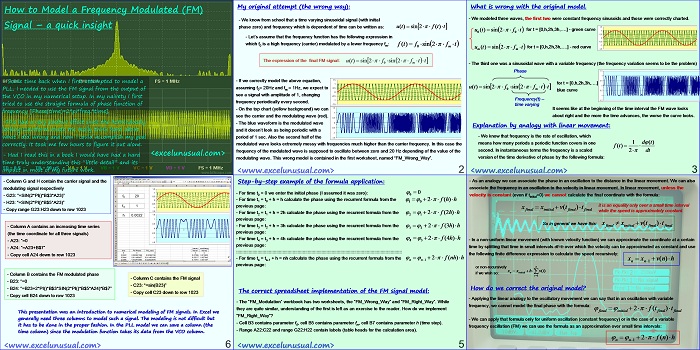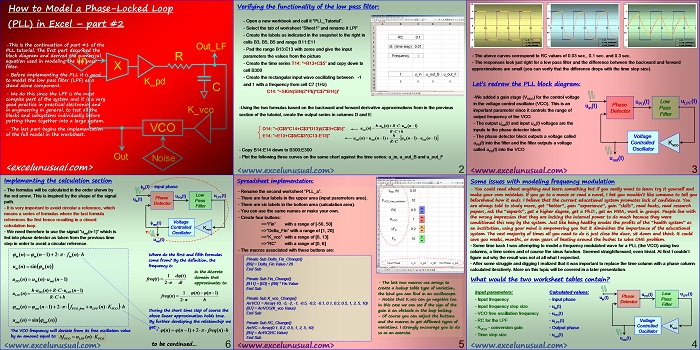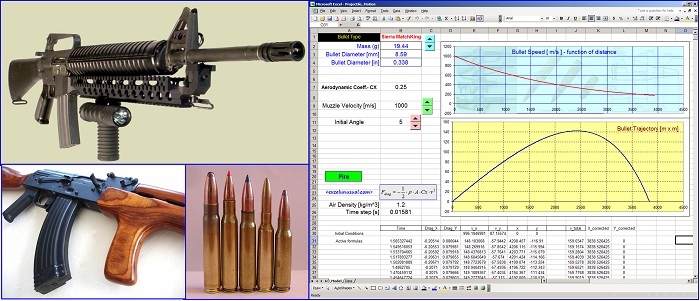This section shows how to model heat transfer in a linear bar by dividing it in elementary sections in which the basic linear equations introduced in the previous tutorials can be used. Animated heat transfer modeling for the average Joe – part #3 by George Lungu – This is a new section of the beginner series of tutorials in heat… Read More... "Animated Heat Transfer Modeling for the Average Joe – part #3"













